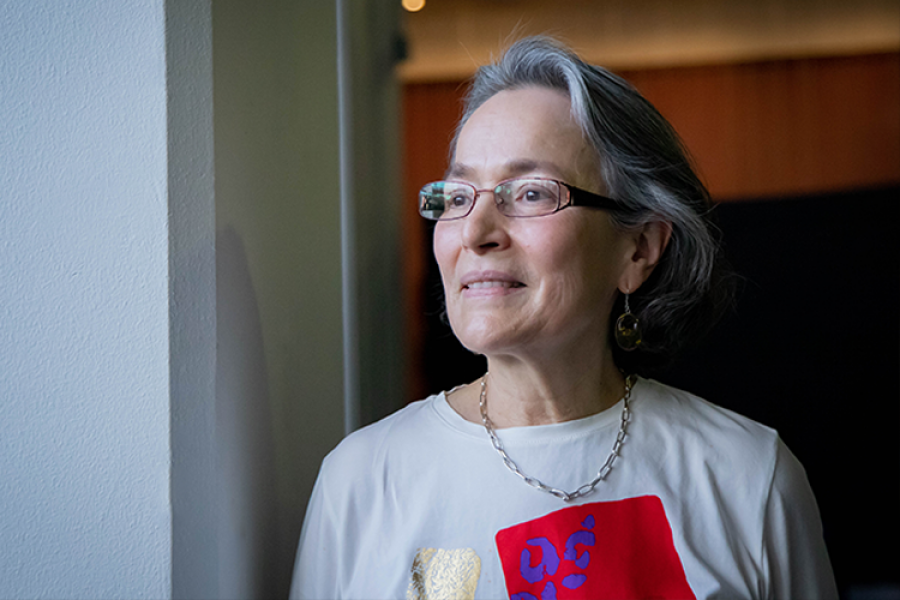One in five women and one in seven men over the age of 20 have been victims of child sexual abuse, according to the paper “Prevalence of sexual violence against children and age at first exposure: a global analysis by location, age, and sex (1990–2023),” published in The Lancet in 2025.
According to Felicia Knaul, a Distinguished Visiting Professor at Tec de Monterrey and one of the study’s authors, there had been no global analysis of child sexual violence figures until now.
The research, which analyzes data from 204 countries, reveals disheartening figures: 67.3% of women and 71.9% of men who experienced sexual violence had their first abuse before the age of 18. For women, 7.7% reported that the first episode occurred before age 12.
“These figures likely underestimate reality due to the lack of criminal reporting and limitations in registration systems,” warns the study, conducted by researchers from the Institute for Health Metrics and Evaluation at the University of Washington in Seattle, which consulted 460 sources with global and country-specific data.
One of the research challenges, according to Knaul, is that violence in all its forms is not correctly measured. When it comes to child sexual violence, while there’s agreement on rape, the same parameters aren’t applied to physical or psychological abuse.
“It’s a complicated issue (the definition). When we talk about physical abuse: what it is, what kind of object, how many times, with what force—it’s complex,” she explains.
Perpetrators are Integrated into Society
Perhaps one of the most disheartening findings of this study is that from 1990 to 2023, abuses have remained at the same proportions. This means that despite efforts to combat these crimes, both locally and globally, the problem has not decreased.
For Knaul, this situation can be explained because those who commit the crimes are integrated into society without being identified or investigated.
“It means we haven’t wanted to measure it and confront it because those who do it are in our midst. To abuse so many children and mistreat so many women requires many perpetrators, and they are everywhere, they are part of society,” Knaul explains.
Countries with Highest and Lowest Prevalence
The highest prevalence of sexual violence in girls is recorded in the Solomon Islands at 42.6%, followed by Côte d’Ivoire with 33%, Chile with 31%, Costa Rica with 30.9%, and India with 30.8%. On the other hand, the lowest incidence is shown in Montenegro with 6.9%, and in Vietnam and Romania with 7%.
Regarding boys, Côte d’Ivoire tops the figures for sexual violence with 28.3%, followed by Bangladesh with 27.7%, Botswana with 27.1%, Haiti with 26%, and Nigeria with 24.2%. The lowest rates are recorded in Mongolia, with 4.2%, Georgia with 7.1%, and Armenia with 7.1%.
As noted, two Latin American countries (Chile and Costa Rica) are among those with the highest prevalence of sexual violence in girls. In Mexico, 17.4% of women and 13.6% of men reported having suffered these types of abuses in childhood.
It’s worth mentioning that the study found 63 countries have no reports on child sexual violence. In this regard, Felicia Knaul mentions that while some of these nations lack resources to conduct research, in other cases, these types of abuses are culturally accepted, such as the marriage of girls and adolescents to adult men.
To begin solving this problem, Knaul proposes recognizing child sexual abuse as a public health system priority, and developing public education projects focused on men and boys in schools, given that they are mostly the perpetrators of these crimes.
“It’s important that when we start an intervention, it’s not only in health but also in education and income generation, which needs to have an interdisciplinary approach,” concludes the specialist in health and social development.
Interested in this story? Want to publish it? Contact our content editor to learn more: marianaleonm@tec.mx














